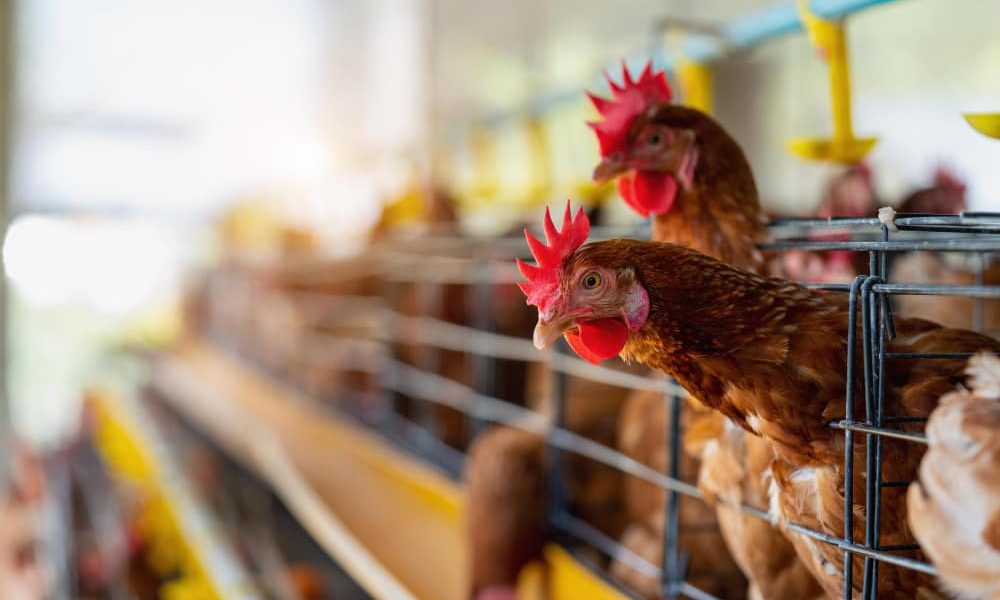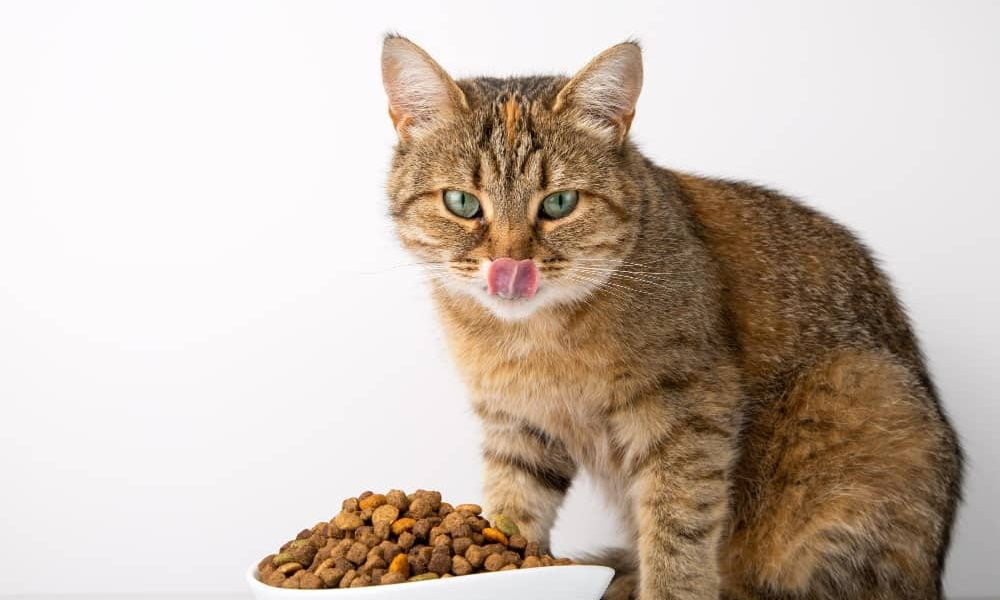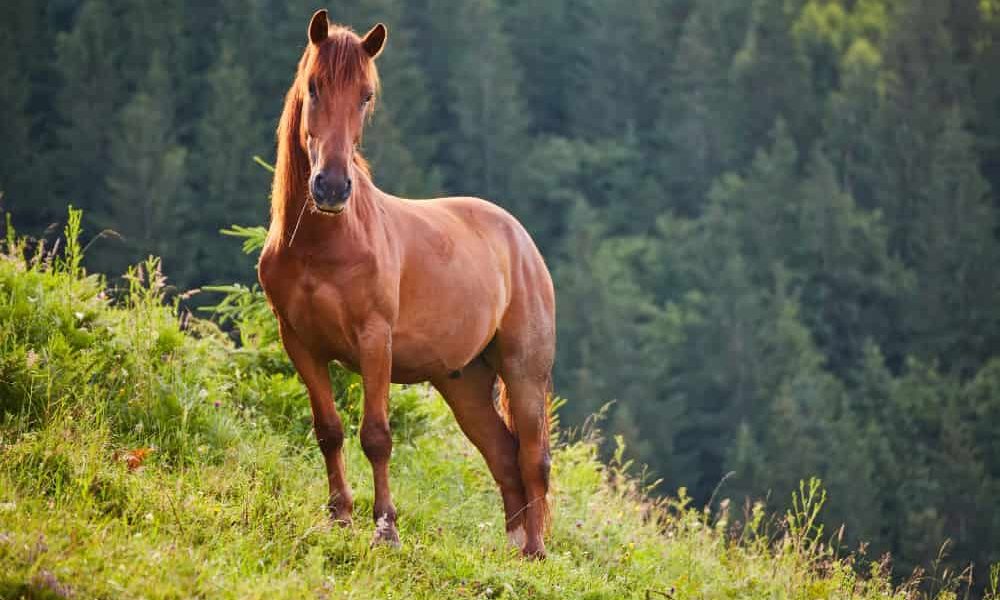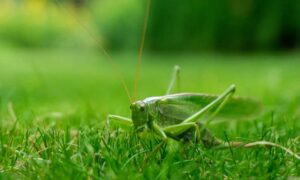In today’s world, where sustainability is more than just a trend, finding ways to repurpose old household items has become an essential practice. Upcycling is not only a great way to reduce waste but also an opportunity to tap into your creativity. One of the most satisfying projects is turning old blankets and quilts into DIY pet beds. It’s an excellent way to give your furry friends a cozy resting spot while reducing your environmental footprint.
In this post, we’ll explore the benefits of upcycling your old linens, how to choose the best materials, and provide you with a step-by-step guide to creating a pet bed that’s both functional and aesthetically pleasing. If you’ve ever wondered how to turn your old, unused blankets into something useful, read on!
The Benefits of Repurposing Old Blankets and Quilts for Pet Beds
There’s something deeply rewarding about taking an item that might otherwise end up in a landfill and giving it a second life. Old blankets and quilts, often cast aside after years of use, still have plenty to offer—especially to our pets, who value comfort above all else. Here are a few compelling reasons why repurposing these materials into DIY pet beds is a win-win.
- Eco-Friendly Choice
Every year, millions of tons of textile waste are generated across the globe, contributing to environmental pollution and the exhaustion of natural resources. Repurposing old blankets and quilts instead of throwing them away is an excellent way to reduce this waste. By turning your old linens into pet beds, you help conserve resources, reduce landfill waste, and minimize the need for new raw materials. Each time you upcycle, you take a small but meaningful step toward sustainability.
Moreover, pet beds can be expensive and are often made from synthetic materials. Repurposing old quilts allows you to avoid purchasing products made from harmful chemicals, ensuring your pet is sleeping on safe, non-toxic fabric. This DIY project also saves you money, as you’re creating something valuable without needing to buy new materials.
- Sentimental Value
If you have a quilt or blanket that holds sentimental value, like one made by a grandparent or passed down through generations, upcycling it into a pet bed is a thoughtful way to preserve its memory. These handmade or vintage items often hold stories and emotions that you can keep alive by incorporating them into your daily life in a new, useful form. Rather than keeping them tucked away in storage, converting them into a functional object for your pet ensures they remain part of your home and your life.
- Perfect for Pets’ Comfort
Your pet’s comfort is the ultimate priority, and there’s nothing quite like a soft, familiar fabric to keep them cozy. Old blankets and quilts are perfect materials for DIY pet beds because they’re already broken in and soft, offering just the right amount of warmth and padding for your furry friend. Pets often enjoy snuggling into items that carry the scent of their owner or their home, making a bed made from repurposed materials even more attractive to them. A DIY pet bed can provide your dog or cat with a snug, secure space that feels like home.
Choosing the Right Blankets and Quilts for DIY Pet Beds
Before diving into your DIY project, it’s essential to choose the right type of blanket or quilt. Not all materials are created equal, and the key to making a durable, comfortable, and easy-to-maintain pet bed lies in selecting the right fabrics. Let’s break down some important considerations to help you make the best choice for your pet.
- Durability and Strength
Pets, especially dogs, can be quite active and rough on their bedding. Scratching, chewing, and digging are common behaviors, so the material you choose for your DIY pet bed needs to withstand a bit of wear and tear. Look for blankets and quilts made from durable fabrics like cotton or polyester blends, which are not only sturdy but also easy to clean.
Avoid using delicate fabrics like silk or wool, which can wear down quickly with heavy use. Quilts that have been reinforced with double stitching or additional layers can add extra durability to your pet bed, ensuring it lasts for a longer period.
- Softness and Comfort
Just like humans, pets appreciate soft, plush fabrics to snuggle into, especially when it’s time for a nap. Old fleece blankets, cotton quilts, or even plush microfiber throws are excellent options for crafting a pet bed. These materials provide the perfect combination of softness and warmth, ensuring your pet feels secure and comfortable.
When choosing a blanket or quilt, consider the climate where you live. If you’re in a colder region, thicker materials like fleece or wool may provide extra warmth. In warmer areas, a lighter cotton blanket will ensure your pet stays comfortable without overheating.
- Ease of Cleaning
Pet beds can get dirty quite quickly, so it’s important to choose materials that are easy to wash. Most old blankets and quilts made from natural fibers like cotton or synthetic blends like polyester are machine-washable, making them ideal for pet beds. You’ll want to avoid fabrics that require special care, such as dry cleaning, since your pet’s bedding will need frequent washing to remove fur, dander, and the occasional dirt.
Ensure that the materials you select are durable enough to withstand regular machine washing without losing their shape or softness. A fabric that is easy to clean will save you time and effort in the long run, while also keeping your pet’s sleeping area hygienic.
- Size and Shape Considerations
Finally, consider the size of the blanket or quilt in relation to your pet. A larger dog will need a more substantial blanket to create a bed that can accommodate their size comfortably. Similarly, a small cat or dog might prefer a cozy, compact space, so you may need to trim down the fabric to the appropriate dimensions.
For cats and smaller dogs, using an entire blanket may result in excess bulk, so don’t hesitate to cut the material to size. This can also help reduce waste and allow you to use any leftover fabric for other projects, like DIY toys or additional bedding.
By choosing the right materials, you’ll set the foundation for a durable, comfortable, and eco-friendly DIY pet bed. In the next section, we’ll guide you through the simple steps to create your very own pet bed from those old blankets or quilts you have lying around. Stay tuned!
Simple Step-by-Step Guide: How to Make a DIY Pet Bed from Old Blankets
Now that you’ve selected the perfect old blanket or quilt to repurpose, it’s time to get crafty and create a cozy bed for your furry friend. This step-by-step guide is designed to be easy to follow, whether you’re a seasoned DIYer or someone trying their first project. The process is simple, requires minimal tools, and can be completed in just a few hours.
Materials You’ll Need:
- Old blanket or quilt (durable and soft)
- Scissors
- Measuring tape
- Needle and thread or a sewing machine
- Stuffing material (polyfill, old pillows, or foam)
- Pins or fabric clips (optional)
Step 1: Measure and Cut the Fabric
Begin by measuring your pet to determine how big you want the bed to be. Ideally, the bed should be slightly larger than your pet’s body so they can stretch out comfortably. Once you’ve measured your pet, add about 4–6 inches to both the length and width to allow room for the stuffing and seams.
Use your measuring tape to mark out these dimensions on the blanket or quilt. If you’re using a thick blanket, you may need to trim it down to size, especially if you’re making a bed for a smaller pet. For large dogs, you might be able to use the entire blanket.
Cut out two equal-sized pieces of fabric—one for the top and one for the bottom of the bed.
Step 2: Sew Three Sides Together
Place the two pieces of fabric on top of each other, with the right sides (the side you want visible) facing inward. Using either a sewing machine or a needle and thread, sew three sides of the fabric together, leaving one side open. This will allow you to insert the stuffing.
If you’re hand-sewing, use a strong thread and a backstitch or running stitch to ensure the seams are sturdy enough to withstand your pet’s weight and movements.
Step 3: Stuff the Bed
With three sides sewn shut, it’s time to stuff the bed. You can use a variety of materials for this, such as polyfill stuffing (available at craft stores), old pillows, or foam pieces. If you prefer an eco-friendly option, consider using fabric scraps or shredded paper as filling.
The key is to ensure the bed is comfortably padded but not overly stuffed, as this can make it less comfortable for your pet. Try to distribute the stuffing evenly, especially around the corners.
Step 4: Sew the Final Side
Once you’re satisfied with the amount of stuffing, it’s time to close up the bed. Fold the raw edges of the remaining open side inward and pin them together. Then, sew this final side shut using the same method you used for the other seams.
If you want to make the bed even more durable, consider adding a double stitch along the seams for extra reinforcement.
Step 5: Add Finishing Touches (Optional)
Now that the bed is complete, you can add any finishing touches you like. Some people enjoy adding a decorative edge, using contrasting thread, or sewing on a few fabric embellishments to personalize the bed. You could also create a removable cover, which makes washing and maintaining the bed easier in the long run.
DIY No-Sew Pet Beds for Beginners
If you’re not particularly handy with a needle and thread—or if you simply prefer a quicker project—a no-sew pet bed is a fantastic option. You can still create a cozy and stylish bed for your pet without picking up a needle. Let’s walk through how you can make a no-sew pet bed using an old blanket or quilt in just a few simple steps.
Materials You’ll Need:
- Old blanket or quilt
- Scissors
- Stuffing material (old pillows, fabric scraps, or polyfill)
Step 1: Cut the Fabric
Start by laying the blanket flat on the floor. Measure out two equal-sized squares or rectangles, depending on how large you want the pet bed to be. Cut both pieces of fabric to size. Make sure they are large enough to allow for knots around the edges, which will hold the bed together.
Step 2: Cut Fringe Along the Edges
Once your two pieces are cut, line them up together. Using your scissors, cut a series of small slits (around 3–4 inches long) along the edges of the fabric. The cuts should be about 1–2 inches apart. This will create a fringe that you’ll use to tie the pieces together, forming the bed.
Make sure that both pieces of fabric have the same number of slits, as you’ll be tying them together to close the bed.
Step 3: Tie the Edges
Starting at one corner, take one strip of fabric from the top piece and one strip from the bottom piece, and tie them together in a double knot. Continue tying each pair of strips all the way around the bed, leaving one side open for the stuffing.
Step 4: Stuff the Bed
Just like with the sewn version, you’ll now stuff the bed with your chosen filling material. Once it’s padded to your liking, tie off the final edge to close the bed completely.
Step 5: Enjoy!
Your no-sew pet bed is now complete and ready for your pet to enjoy. This method is perfect for those who want a quick, easy, and budget-friendly project without the need for sewing skills or equipment.
How to Customize Your DIY Pet Bed
One of the great things about creating a DIY pet bed from old blankets and quilts is that you have the freedom to make it as unique and personalized as you like. Here are some creative ways to add your own touch to the project and create a bed that not only keeps your pet comfortable but also adds a bit of style to your home.
- Add a Monogram or Your Pet’s Name
If you want to personalize your pet bed, consider adding your pet’s name or initials. You can use fabric paint, iron-on letters, or even sew a name patch onto the bed. This small detail will make the bed feel more special, and your pet will have a designated space of their own.
- Mix and Match Fabrics
If you have more than one old blanket or quilt, why not mix and match different fabrics? You could use one blanket for the top of the bed and another for the bottom, creating a colorful, patchwork-style design. This is a great way to use up leftover fabric and create a unique, eye-catching piece.
- Add Decorative Elements
For those with a flair for design, consider adding decorative touches like buttons, ribbons, or even hand-stitched embroidery around the edges of the bed. Just be sure that any decorations you add are securely attached and won’t pose a choking hazard to your pet.
- Create a Removable Cover
If you want to make your pet bed even more practical, consider creating a removable cover. This makes cleaning much easier, as you can simply remove the cover and toss it in the washing machine. Choose a durable fabric for the cover, and add a zipper or Velcro closure to make it easy to take on and off.
With these simple DIY techniques and customization ideas, you can transform an old blanket or quilt into a stylish and comfortable bed for your pet. Not only will you save money and reduce waste, but your furry friend will have a cozy spot that’s perfect for snuggling.
Tips for Washing and Maintaining DIY Pet Beds Made from Old Blankets
After creating a cozy and stylish DIY pet bed, the next important step is keeping it clean and fresh for your furry friend. Since pets tend to shed, carry dirt, and sometimes even bring in outdoor grime, maintaining your pet’s bed requires regular attention. Fortunately, if you’ve used old blankets and quilts, most of the fabrics are easy to clean and care for. Here are some practical tips to help you keep your DIY pet bed looking and smelling great over time.
- Regular Washing Routine
The best way to keep your pet’s bed clean is by establishing a regular washing routine. Depending on how much your pet uses the bed and how active they are, aim to wash the bed at least once every two to three weeks. For pets that spend a lot of time outdoors or shed heavily, weekly washing may be necessary to keep dirt, fur, and odors at bay.
Most old blankets and quilts can be machine-washed, which is a significant advantage. Use a mild detergent that is free of harsh chemicals, as pets can be sensitive to residues left by some detergents. Consider adding a half cup of white vinegar to the wash to help neutralize any odors and remove pet hair. It’s also important to use a gentle cycle to avoid damaging the fabric, especially if the blanket or quilt is delicate.
- Spot Cleaning for Small Messes
Sometimes, you may not need to wash the entire bed but instead deal with a small spill or spot of dirt. For quick fixes, spot cleaning is an easy and effective option. Simply mix a small amount of gentle detergent or mild soap with warm water, then use a soft cloth or sponge to gently scrub the soiled area. Rinse the spot with clean water and blot it dry with a towel.
For persistent pet odors or stains, a mix of baking soda and water can work wonders. Apply the paste to the affected area, let it sit for about 15 minutes, then vacuum or wipe it clean. This is especially helpful if your pet has accidents or tracks in muddy paw prints.
- Use a Removable Cover for Easy Cleaning
If you followed our earlier tip to create a removable cover for your DIY pet bed, you’re already a step ahead! Removable covers make cleaning much more convenient. Instead of washing the entire bed, you can simply remove the cover, toss it in the washing machine, and put it back on once it’s clean and dry.
Choose a durable and machine-washable fabric for the cover to ensure it can withstand regular washing without losing its shape or color. You may want to make two or three covers so you can switch them out when needed, keeping your pet’s bed clean and fresh at all times.
- Shake and Air Out Regularly
Between washes, it’s a good idea to give your pet bed a quick refresh by shaking it out and letting it air out in the sun. Shaking the bed removes loose fur, dust, and dirt, while airing it out helps reduce odors and kill bacteria naturally. The sun’s UV rays act as a natural disinfectant, so hanging the bed outdoors for a few hours can help extend the time between full washes.
Just be sure to place the bed in a shaded area if the fabric is sensitive to fading, especially with bright or vibrant colors.
- Rotate Between Beds
If you have more than one DIY pet bed or removable cover, rotating between them can help extend their lifespan. This is particularly useful for larger pets or those who use their beds a lot. While one bed or cover is being washed, the other can be in use, ensuring that your pet always has a clean and comfortable place to rest.
Creative Ideas for Using Leftover Quilt and Blanket Scraps
During your DIY pet bed project, you might find yourself with leftover scraps of fabric from old blankets and quilts. Rather than throwing these pieces away, why not put them to good use? Here are some fun and creative ideas to help you make the most of every last scrap.
- DIY Pet Toys
Pets love toys, and the leftover fabric scraps from your DIY pet bed can be transformed into fun, safe, and eco-friendly toys for your furry friend. Cut the fabric into strips and braid them together to create a durable rope toy for dogs. You can also sew smaller pieces together to make stuffed toys, such as small pillows or balls, that your pet will enjoy playing with.
For cats, you can fill small fabric pouches with catnip and sew them shut to create simple, irresistible toys.
- Extra Bedding or Blankets
Smaller pieces of old quilts or blankets can be sewn together to create additional bedding for your pet. You could make smaller blankets that your pet can use in their crate, on the couch, or in the car. This is especially useful if your pet likes to have a few different resting spots around the house.
These small blankets are also easy to wash, making them a practical option for keeping your pet’s favorite areas clean.
- Patches and Repairs
If your DIY pet bed gets worn out or damaged over time, use leftover fabric scraps to patch it up. A simple patch can extend the life of your pet’s bed, ensuring that it remains comfortable and functional for longer. You can also use patches as decorative elements, adding a personal touch to the bed with different fabric patterns or colors.
- Donate Scraps to Animal Shelters
If you have more fabric scraps than you need, consider donating them to local animal shelters. Many shelters appreciate donations of old blankets, towels, and fabric, which they use to create bedding for the animals in their care. Your fabric scraps can help provide comfort to pets waiting for their forever homes.
Benefits of Making Eco-Friendly Pet Beds
One of the main advantages of repurposing old blankets and quilts into DIY pet beds is the positive environmental impact. In a world where over-consumption and waste are growing concerns, every small step toward sustainability counts. Let’s explore the key benefits of choosing an eco-friendly approach to pet care.
- Reducing Textile Waste
Textile waste is a significant environmental issue. By reusing old blankets and quilts, you’re helping to reduce the amount of textile waste that ends up in landfills. Instead of throwing away fabric that no longer serves its original purpose, you give it a new life—prolonging its usefulness and preventing it from contributing to pollution.
- Saving Resources
Creating a pet bed from recycled materials saves the resources that would have been used to manufacture a new bed. Many commercial pet beds are made from synthetic materials like polyester, which require petroleum-based products and energy to produce. By repurposing old fabrics, you avoid contributing to the demand for new raw materials.
- Supporting a Green Lifestyle
If you’re committed to living a sustainable lifestyle, upcycling old blankets into pet beds is a great way to align your pet care practices with your values. DIY projects like this not only reduce your environmental footprint but also encourage others to think creatively about how they can reduce waste in their own homes.
Conclusion: Why DIY Pet Beds Are a Perfect Way to Upcycle Old Materials
Upcycling old blankets and quilts into DIY pet beds is a simple yet impactful project that benefits both your pet and the planet. Not only do you get to create a cozy, personalized bed for your furry companion, but you also reduce waste, save money, and contribute to a more sustainable lifestyle. Whether you choose to sew your pet bed or try a no-sew option, the possibilities for customization are endless.
Your pet will love their new, soft sleeping spot, and you’ll enjoy the satisfaction of knowing that you made it yourself—out of materials that might otherwise have been discarded. So, the next time you’re ready to part with an old blanket or quilt, think twice and consider giving it a second life as a beautiful, eco-friendly pet bed.







